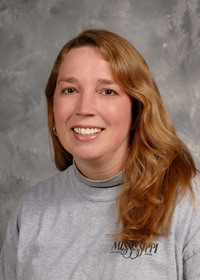Flammable Liquids
Flammable liquids are used at most all our departments and stations. Identify the ones in your work area and ensure safety precautions are understood. What is a flammable liquid? A flammable liquid as defined by the International Fire Code is “a liquid having a closed cup flashpoint of 100° or below.”
When you see a flammables symbol or the word “FLAMMABLE” on a can, jug, tank, or drum you must keep sparks and other forms of ignition away from that container.
A fact that may surprise some people is that flammable liquids themselves do not burn; their vapors burn. This is why it is vitally important to keep the tops on flammable liquid containers. An apparently empty flammable container (full of vapors) is potentially more dangerous than a full container of flammable liquid.
It has been said that 1 gallon of vaporized gasoline can explode with the same force as 20 sticks of dynamite. Because flammable liquids are so hazardous, precautions must be taken to keep them protected, if not isolated, from exposure to fire.
Precautions for Flammable Liquids
- Avoid accumulation of vapors and control sources of ignition including open flames, electrical equipment, and sources of static electricity.
- Never re-fuel running or hot equipment such as generators, weedeaters, or chainsaws.
- In laboratories, when working with open containers, use a fume hood to control the accumulation of flammable vapor.
- Store, use, and transport flammable liquids only in approved containers.
- Use UL approved flammable storage cabinets for smaller containers and aerosols.
- Do not use regular refrigerators for flammables that must be kept cool; use only UL listed explosion-proof refrigerators.
- On drums, install grounding/bonding wires and a safety drum vent designed to automatically prevent pressure from building up inside the drum if it is exposed to heat. It also prevents a vacuum from forming if the drum is subjected to sudden cooling.
- Always inspect your work area for gas jugs, lacquer thinner cans, or any flammable items before welding, cutting, or grinding.
For accessibility assistance please contact Leslie Woolington.

